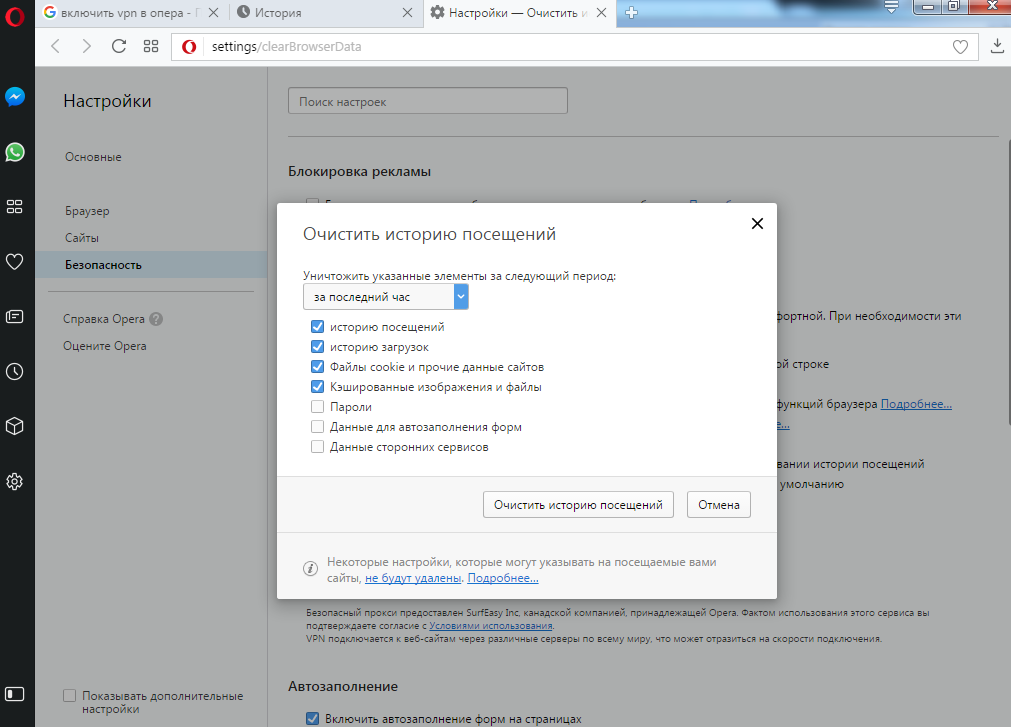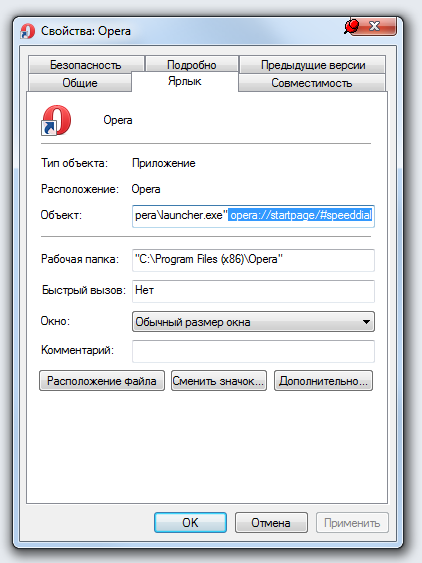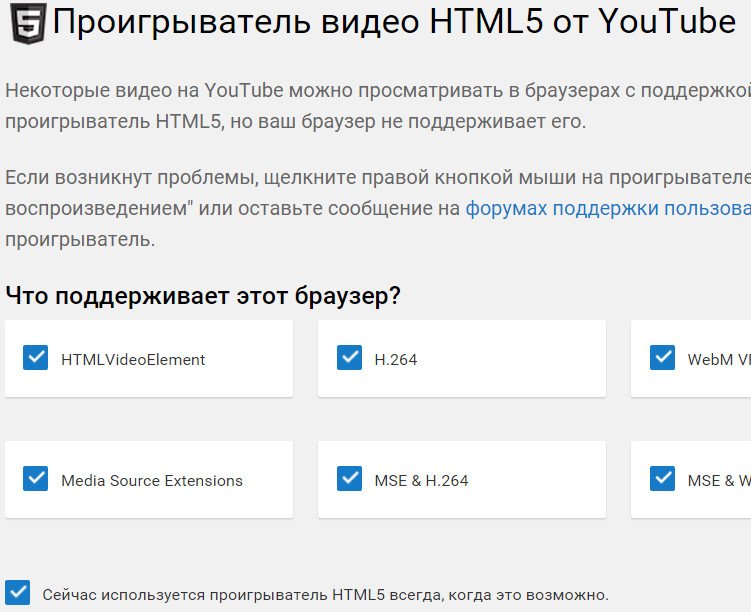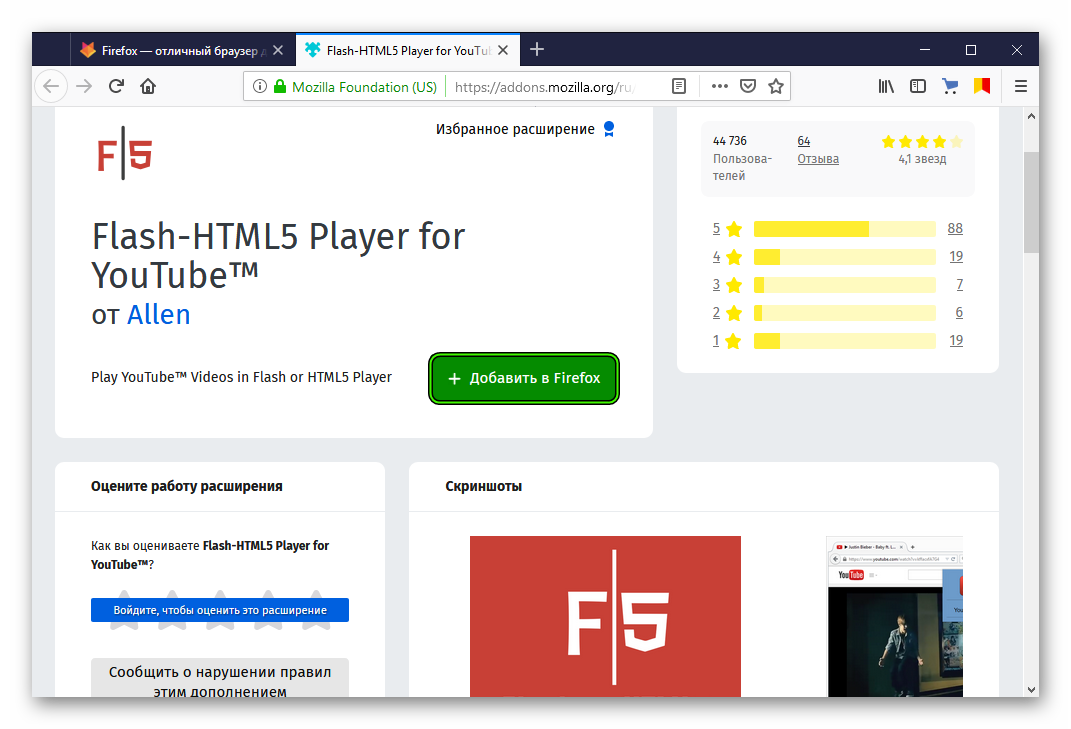Schwab completes acquisition of Wasmer, Schroeder & Company, LLC, a leading independent investment manager of fixed income separately managed accounts. Schwab acquires Motif's technology and intellectual property, including algorithms, patents and source code. The firm completed the asset acquisition of USAA's Investment Management Company and transitioned the underlying brokerage and managed portfolio accounts to Schwab. Schwab introduced Schwab Stock Slices™28, a new service that enables investors to own any of America's leading companies from the S&P 500 for as little as $5 each, even if their shares cost more.
When gold increases in value and provides gains, robust before-tax returns might not translate into robust after-tax returns. Purchasing physical gold coins, bullion, or ETFs provides direct exposure to gold, but the collectibles tax treatment imposes a much higher tax rate. With some planning, investors can keep more of their gold returns by investing in gold that receives LTCG treatment or by placing the investment in an IRA. While secondary gold investments such as gold mining stocks, mutual funds, ETFs, or ETNs may yield lower before-tax returns, the after-tax returns may be more attractive.
Alternatively, a physical gold CEF is a direct gold investment but has the benefit of taxation at LTCG rates. It is also important to note the differences in after-tax returns between the gold investment types held in a brokerage account. The annualized after-tax return on the gold coins is the lowest—about a percentage point lower than the gold mutual fund, which receives LTCG treatment. The example assumes that the costs and fees for buying, owning, and selling gold coins, gold mutual funds, and gold futures ETFs are the same.
However, the total costs of owning gold vary widely among investment types and reduce after-tax returns. When buying gold, taxpayers should carefully compare annual costs, including annual maintenance fees, storage charges, buying costs, and selling costs, before selecting the investment. Gains from stocks, mutual funds, and gold mining ETFs held more than one year are taxed as long-term capital gains. Like Microsoft, information technology firm Oracle went public in 1986 and has offered investors similar bumper returns over the years. In 1987, $1,000 would have bought 50 shares, which would have turned into 16,200 shares worth $646,542 (£442k) by 2016, even without the dividends reinvested.
Growth stocks are anticipated to grow at a rate above the average for the market. Value stocks are those that tend to trade at a lower price relative to their fundamentals. To determine whether a stock is underpriced, market analysts look at a company's fundamentals relative to its current share price. Growth stocks tend to be riskier investments and generally do not pay dividends. Keep in mind that the price of a stock can fall as easily as it can rise. Investing in stock offers no guarantee that you will make money, and many investors lose money instead.
Charles Schwab & Co., Inc., Charles Schwab Bank, optionsXpress, Inc., Compliance11, Inc., and Schwab Performance Technologies are separate but affiliated companies and subsidiaries of The Charles Schwab Corporation. Brokerage products are offered by Charles Schwab & Co., Inc. ("Schwab") and optionsXpress, Inc. ("optionsXpress"). Schwab Advisor Services™ serves independent investment advisors and includes the custody, trading, and support services of Schwab. Deposit and lending products and services are offered by Charles Schwab Bank, Member FDIC and Equal Housing Lender ("Schwab Bank"). Charles Schwab & Co., Inc. does not solicit, offer, endorse, negotiate, or originate any mortgage loan products and is neither a licensed mortgage broker nor a licensed mortgage lender. Windhaven Investment Management, Inc. ("Windhaven") and Thomas Partners, Inc. are registered investment advisor advisors and affiliates of Charles Schwab & Co., Inc..
Charles Schwab Investment Management, Inc. is an affiliate of Charles Schwab & Co., Inc. The dot-com bubble bursts, and so does Schwab's unsustainable cost structure. After CEO Dave Pottruck resigns, Chuck returns to lead the firm. Several biotech companies have experienced rapid growth in the 21st century, offering investors enviable returns. Back in 2000, $1,000 would buy you in 62.5 shares in Illumina, 'the Google of genetic testing', at its IPO. Today, those 62.5 shares have multiplied to 125 worth $17,935 (£12.3k), even without dividends reinvested.
The US airline has rewarded investors with lavish annualized returns of 26% and several stock splits since 1972. An investment of $1,000 in the company that year would be worth just over $2.2 million (£1.5m) in 2016, not including any reinvested dividends. While gold remains a popular investment, recent price declines have diminished the shine. The focus of this article has been on gains, but investors should also consider the consequences of a loss. Gold and all collectibles have the ultimate disadvantage of gains being taxed at the higher collectibles tax rate, with losses being first used to offset capital gains, which may be taxed at the lower LTCG rates.
An individual taxpayer's mix of investment gains and losses, risk profile, and success in investing ultimately determines the results, but a little tax planning can certainly increase gold's luster. Closed-end funds are similar to gold ETFs and trade like a stock but are structured as trusts. CEF shares represent an undivided interest in the fund's entire investment portfolio. Tax treatment of CEFs is more complex and presents both advantages and disadvantages.
CEFs is that long-term investments are taxed as LTCGs rather than as collectibles, which can increase after-tax returns. CEFs is that federal tax reporting is more complex because they are passive foreign investment companies. To make matters worse, losses on collectibles are first used to reduce capital gains. Therefore, to maximize after-tax returns, a tax-efficient vehicle for gold investments becomes critical.
While gold initially was not allowed in IRAs, the most common forms of gold investments, with the exception of Krugerrands , can be purchased within an IRA. Information provided on Forbes Advisor is for educational purposes only. Your financial situation is unique and the products and services we review may not be right for your circumstances.
We do not offer financial advice, advisory or brokerage services, nor do we recommend or advise individuals or to buy or sell particular stocks or securities. Performance information may have changed since the time of publication. Stocks are an important part of any portfolio because of their potential for growth and higher returns versus other investment products. Despite its short life as a publicly traded company and the ill timing of its IPO – Visa went public in March 2008 during the global financial crisis – the stock has already created $385.0 billion in wealth for shareholders.
Heck, including dividends, Visa's stock has returned 861% over the past 10 years. That beats the S&P 500's total return by nearly 490 percentage points. British property investment firm Helical Bar has rewarded early investors with excellent returns. So $1,000 invested in 1985 would have grown to $723,000 (£494,492) by 2016. Across the pond, you would have wanted to buy shares in a firm called Balchem, the best performer on the US stock market over the last 30 years. Its stock price has increased by 107,099% since the end of 1985.
Packaging maker Bemis isn't the most glamorous of companies but its stock market performance definitely has the wow factor. A thousand dollars invested in 1982 would have bought 1,299 shares in the company, which would have turned into 41,568 shares worth $2 million (£1.4m) by 2016. Known at the time as Flowers Industries, the American baked goods firm made its IPO in 1968. An investment of 80 shares priced at $1,000 would be worth $140,000 (£96k) today, even more if you'd reinvested the dividends. Key to wartime logistics, Dow has experienced steady growth since the 1940s. A single share in 1940 was priced at $70, so $1,000 invested in 1940 would buy you 14.28 shares, which by 2016 have multiplied to 4,623 shares worth $243,124 (£166k).
And if you'd reinvested the dividends, your holding would be in the hundreds of thousands of dollars. Gold mining stocks, gold mutual funds, and gold mining ETFs provide investments in gold but with limited investments in physical gold bullion. These investments typically move in relation to gold prices but are also influenced by production and borrowing costs.
In addition to simplified trading and low expenses, another advantage is that gains from investments held more than one year are taxed as LTCGs. The Charles Schwab Corporation provides a full range of brokerage, banking and financial advisory services through its operating subsidiaries. Its broker-dealer subsidiary, Charles Schwab & Co., Inc. , offers investment services and products, including Schwab brokerage accounts. Its banking subsidiary, Charles Schwab Bank, SSB , provides deposit and lending services and products. Access to Electronic Services may be limited or unavailable during periods of peak demand, market volatility, systems upgrade, maintenance, or for other reasons.
Apple shares have notched up breathtaking gains over the years. In 1976, early shareholder Ron Wayne sold stock that would be worth $35 billion (£24bn) today for a paltry $800 ($3,400/£2.3k in today's money). And if you'd invested $1,000 at the firm's IPO in 1980, your holding would be worth $300,000 (£205k) today without the dividends reinvested. A classic long-term investment, Coca-Cola is renowned for offering patient investors decent returns. For instance, a $1,000 investment made in 1962 would be worth $221,445 (£152k) in 2016; even more you'd reinvested the dividends.
Johnson & Johnson's initial public offering was way back in 1944. Back then, a single share would have set you back $37.50, so $1,000 would have snapped up 26.67 shares. You'd have been wise to splash the cash as today your holding would comprise 66,675 shares worth $7.5 million (£5.1m) or in the tens of millions if you'd reinvested the dividends.
10 000 Invested In Apple In 1997 Big pharma firm Pfizer released 240,000 shares of common stock in 1942 – the cash generated helped fund the commercialization of penicillin. One share cost $23.47 so if you bought $1,000-worth in 1942 it would equal 6,135 shares today worth $206,950 (£142k); more if you'd reinvested the dividends. After-tax returns on gold held as a long-term investment depend on, among other things, whether gains are subject to long-term capital gains tax treatment or are subject to the higher maximum collectibles rate. The latter applies generally to physical gold, such as coins and bullion. Purchases of physical gold may also entail storage and insurance costs. Gold exchange-traded funds provide an alternative to purchasing gold bullion and trade like shares of stock.
Each ETF share represents an amount of physical gold, typically one-tenth of an ounce. ETFs allow investors the convenience of buying and selling gold just as they buy and sell common stock, with low transaction costs. Another advantage of gold ETFs is that investors are not responsible for storing the gold, although most ETFs charge an annual fee ranging from 0.25% to 0.4%.
For tax purposes, physical gold investments are classified as collectibles. Gains on collectibles held for one year or less are taxed as ordinary income—the same tax treatment as short-term capital gains . Gains on collectibles held more than one year are taxed as ordinary income, except the maximum collectibles tax rate is 28% (Sec. 1). The secondary market is where investors buy and sell stocks (and other securities such as ETFs, ADRs, etc.). The term "stock market", such as the New York Stock Exchange or the NASDAQ, is essentially a synonym for secondary market.
In contrast to the secondary market, the primary market refers to the first time a security is created and sold to investors such as an initial public offering . Schwab Advisor Services introduced the Schwab Alternative Investment Marketplace™platform, which gives Schwab's independent advisor clients access to third-party platform sponsors that offer menus of private funds. Taking into account a 2-1 split in 2012, 1,449 shares bought in 1995 for just under $1,000 would now be 2,898 shares worth $435,018 (£297k). It's not hard to figure out why M&T Bank stock is one of Warren Buffet's favorites. Back in 1983, 1,300 shares were priced at $1,000 (£2,400/£1.6k in today's money).
Thanks to several stock splits, those 1,300 shares would have turned in 26,000 worth $3.1 million (£2.1m), even without the dividends reinvested. An investor who purchased $1,000-worth of stock in Malaysia's Public Bank Berhad when it was listed in 1967 would now own 135,400 shares worth $336,000 (£230k), without dividends. Gold coins and bullion bars often come to mind when thinking of investing in gold. One benefit of coins is that the reputation of the issuing country provides confidence in the accuracy of the coins' purity and weight. While gold coins can vary in fineness among countries, coins typically contain one troy ounce of gold, or about 1.1 U.S. ounces. The spot price is the cost of one troy ounce of gold on the major world commodities markets.
The difference between the purchase price and the selling price is the spread, or markup, that sellers take as profit. A small safe deposit box, which is adequate for most gold investors, ranges from $30 to $70 annually. The annual fee charged by brokers ranges from 0.5% to 1% of the value and typically includes insurance against theft or loss. The income you receive from interest and unqualified dividends are generally taxed at your ordinary income tax rate. Certain dividends, on the other hand, can receive special tax treatment, which are usually taxed at lower long-term capital gains tax rates. Your investment brokerage should provide information about whether your dividends are qualified or not.
But what really changed the company's fortunes was its often painful transition away from traditional software licensing to providing cloud-based services. It took a while for the market to buy into Oracle's transformation story, but once it did, the stock returned to its market-beating ways. Analysts project the company to deliver average annual earnings per share growth of 8.4% over the next three to five years. A transfer agent for a publicly held company keeps records of stock held by registered shareholders, including shares held in certificate form. When stock changes hands, the transfer agent updates the record of ownership of the stock.
The transfer agent does not maintain records of shares bought and sold through brokerage accounts and held in "street name." Such records are maintained by the specific brokerages through which shares are bought and sold. While it certainly would have been wonderful to acquire Apple stock for just a little over $20 a share in hindsight, that doesn't mean the stock isn't now also worth buying at a just under $200 a share. Apple's financials look strong across the board, and the company has more than established its ability to introduce quality products and win in the marketplace. Therefore, investors may do well to consider buying Apple for future returns on investment.
Consider investing in a mutual fund or an ETF that has a position in Apple. Unlike mutual funds, ETFs don't require a minimum investment and many are commission and/or fee-free. But if you're really set on buying actual shares in the company, consider setting a minimum aside in your brokerage account and buy fractional shares. You can buy a little at a time until you secure a full set of shares. Schwab Bank, Charles Schwab Investment Management Inc. , and Charles Schwab & Co., Inc. ("Schwab") are separate but affiliated companies and subsidiaries of The Charles Schwab Corporation.
Schwab Retirement Plan Services provides recordkeeping and related services with respect to retirement plans. Trust and custody products and services are offered by Charles Schwab Bank. CSIM is the Registered Investment Advisor that manages Schwab's proprietary funds . PortfolioCenter Hosted and Schwab OpenView Mobile, now called Schwab Advisor Mobile Connect, are products of SPT.
Schwab Performance Technologies ("SPT") is a subsidiary of The Charles Schwab Corporation separate from its affiliate Charles Schwab & Co., Inc. . Schwab is a registered broker-dealer that provides brokerage services, while SPT licenses software and provides related technology products and services. Independent investment advisors are not owned by, affiliated with, or supervised by Schwab or its affiliates. Investment returns will fluctuate and are subject to market volatility so that an investor's shares, when redeemed or sold, may be worth more or less than their original cost. Unlike mutual funds, shares of ETFs are not individually redeemable directly with the ETF. Shares are bought and sold at market price, which may be higher or lower than the net asset value .
Investment returns will fluctuate and are subject to market volatility, so that an investor's shares, when redeemed or sold, may be worth more or less than their original cost. Cable TV exploded in the 70s and 80s, so it's no wonder shares in Comcast, the world's largest cable company, surged throughout this time. And 471 shares bought for just over $1,000 in 1974 would have transformed into 72,707 shares worth $4.5 million (£3.4m) by 2016 if you'd reinvested the dividends.




























No comments:
Post a Comment
Note: Only a member of this blog may post a comment.